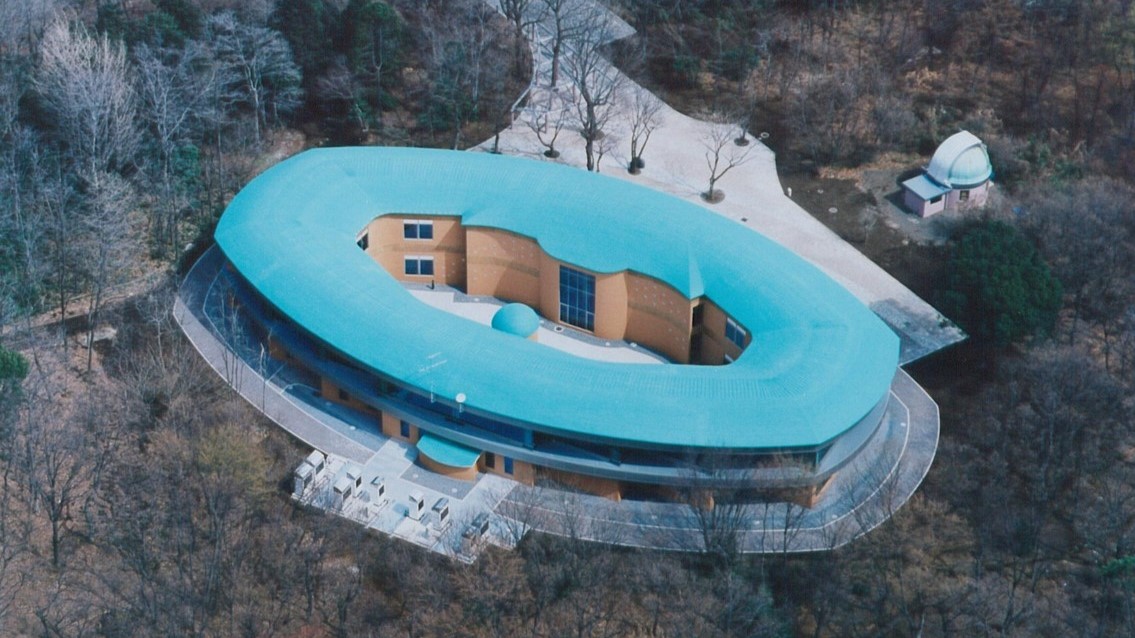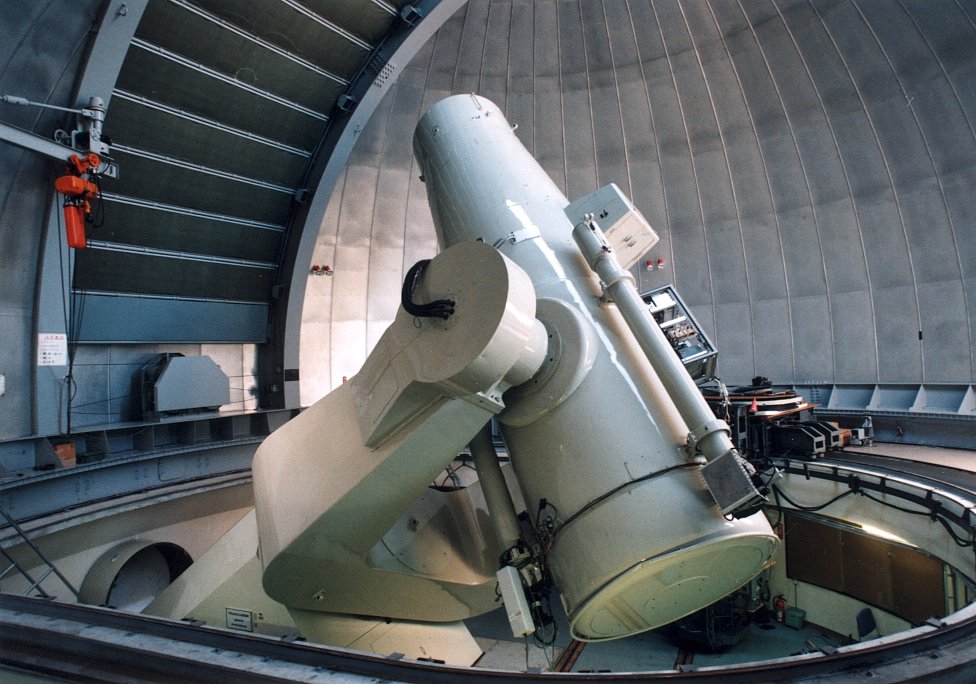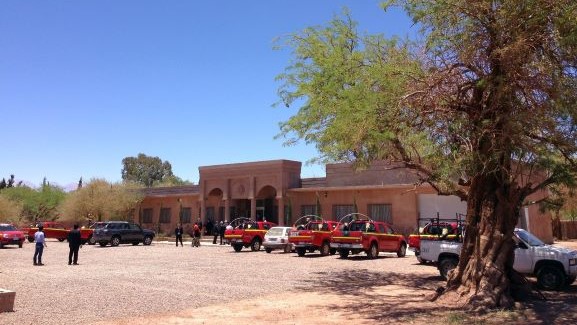
Mitaka headquarter, which is adjacent to the Mitaka campus of National Astronomical Observatory of Japan, an Inter-University Research Institute Corporation under National Institutes of Natural Sciences, is a center for education of graduate students, development of observation instruments, and advanced research activities. The headquarter consists of an education and research building, the large laboratory building, and an enclosure with a 30-cm optical telescope for student education.

Kiso Observatory operates the 105-cm Schmidt telescope and the telescope has been used not only by astronomers of the University of Tokyo but also by astronomers in Japan and abroad. After the end of open-use observations in 2016, project-based observations have been conducted by fully utilizing the wide-field capability of the Schmidt telescope with a new ultrawide-field camera, Tomo-e Gozen.
Kiso ObservatoryThe University of Tokyo Atacama Observatory (TAO)is an overseas base for observational researches with optical/infrared telescopes constructed on the summit of Cerro Chajnantor (5640 m altitude) in the Atacama desert in northern Chile. The TAO site, which is the highest astronomical site on the surface of the Earth, is one of the best places for astronomical observations with its high rate of clear weather and its dry condition. The TAO project challenges to the origins of galaxies and planets, one of the biggest mysteries in astronomy.

A 1-m diameter telescope miniTAO started to be operated in 2009, and was certified by Guinness World Record as the highest astronomical observatory. In 2014, the TAO base facility was constructed in San Pedro de Atacama. In 2012, construction works of a 6.5-m diameter telescope fully started, and it is near completion.
The University of Tokyo Atacama Observatory (TAO)